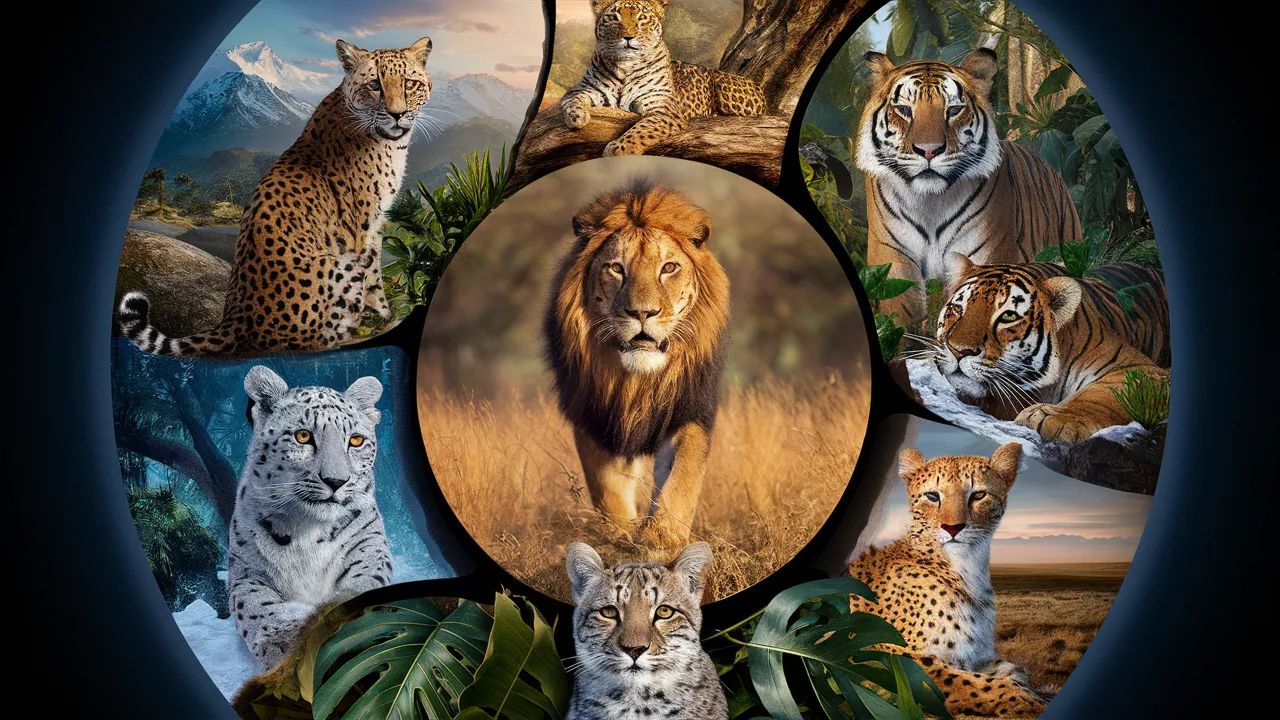Introduction
Big cat breeds are some of the most fascinating creatures on Earth. Their majestic presence and impressive abilities have captured human imagination for centuries. But what exactly makes a cat “big,” and why is it important to understand these magnificent animals?
What Defines a Big Cat?
Characteristics of Big Cats
Big cats are members of the Felidae family, characterized by their large size, powerful build, and exceptional hunting skills. Unlike domestic cats, big cats have certain traits like roaring (except for cheetahs and snow leopards), retractable claws, and a carnivorous diet. They are the top predators in their respective environments because of their powerful bodies and acute senses.
Differences Between Big Cats and Domestic Cats
While both big cats and domestic cats share a common ancestry, they differ significantly in size, behavior, and habitat. Domestic cats are much smaller, more socialized to humans, and primarily live indoors or near human settlements. In contrast, big cats require vast territories and are generally more elusive.
Popular Big Cat Breeds
Lions
Often called the “kings of the jungle,” lions are distinguished by their majestic manes and strong physique.
Habitat and Distribution
Lions predominantly live in the savannas and grasslands of Africa, with a small population in the Gir Forest of India. Their preference for open areas allows them to hunt large herbivores.
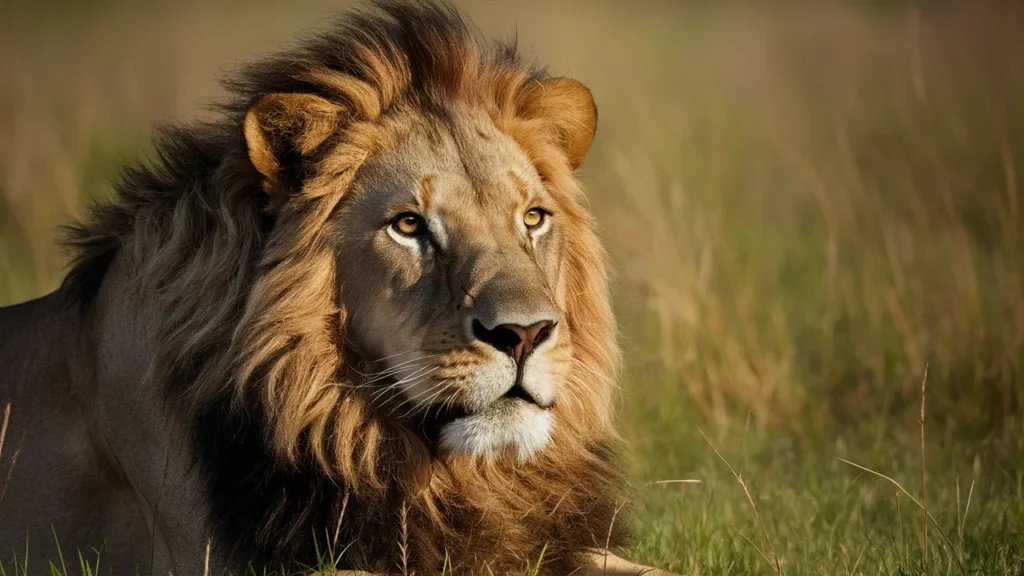
Social Structure and Behavior
Because they are sociable animals, lions are unlike other big cats.They live in prides, which are family groups consisting of multiple females, their offspring, and a few males. This social structure aids in hunting and protecting their territory.
Tigers
The largest of all big cats, tigers are well-known for having eye-catching orange coats with black stripes.
Subspecies of Tigers
There are several subspecies of tigers, including the Bengal, Siberian, Sumatran, and South China tigers. Each subspecies is adapted to its specific environment, from dense jungles to snowy forests.
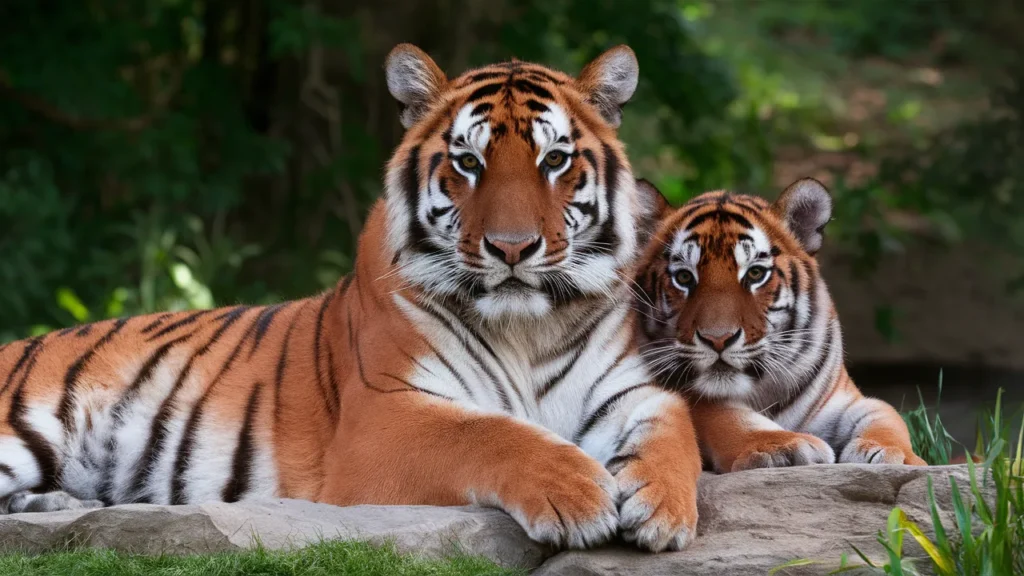
Habitat and Conservation Status
Tigers are found in diverse habitats across Asia. However, they are critically endangered due to habitat loss, poaching, and human-wildlife conflict. For them to survive, conservation activities are essential.
Leopards
Due to their remarkable adaptability, leopards can live happily in a variety of habitats, including savannas and woodlands.
Adaptability and Habitat Range
Leopards are found in Africa, parts of Asia, and the Middle East. Their ability to climb trees and swim makes them versatile hunters.
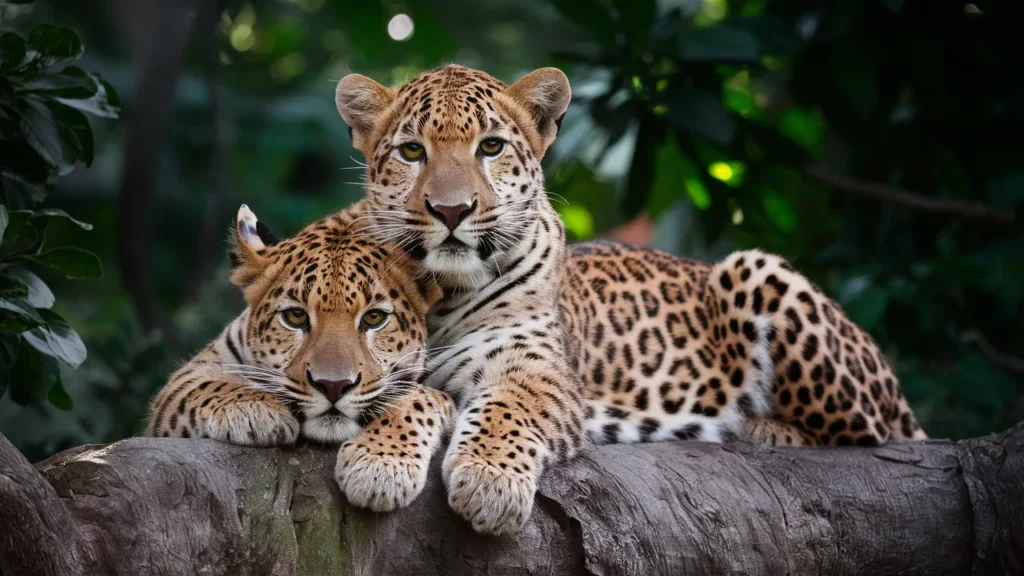
Unique Features of Leopards
Leopards are renowned for their devious hunting strategies and exquisite rosette-patterned fur. They often drag their prey into trees to avoid scavengers.
Jaguars
The largest cat species in the Americas, jaguars are distinguished by their unique coat patterns and robust physique.
Habitat and Physical Characteristics
South and Central American rainforests are home to jaguars.They have the strongest bite of all big cats, capable of crushing bones and turtle shells.
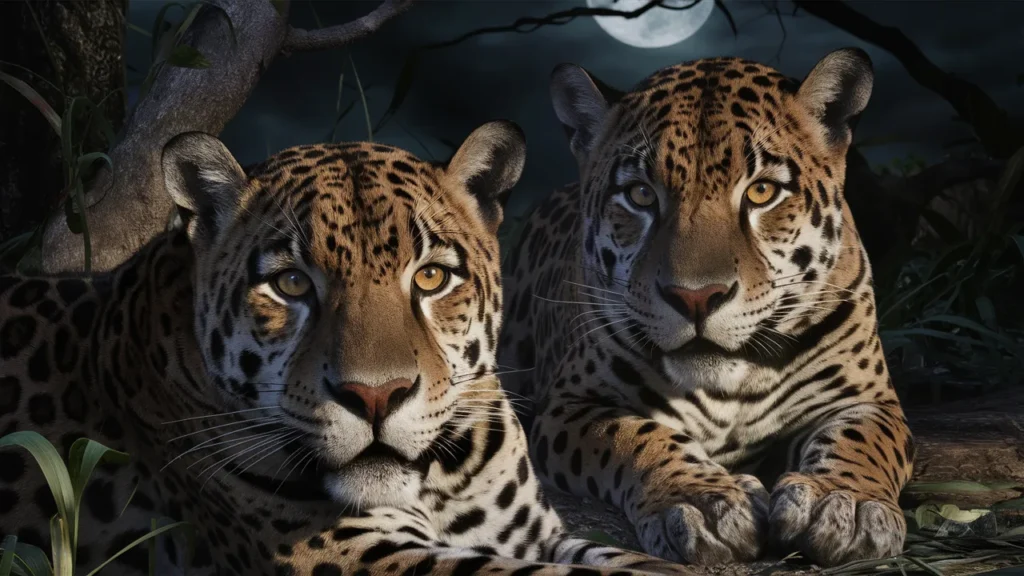
Cultural Significance
In many indigenous cultures, jaguars are revered as symbols of power and strength. They play a significant role in mythology and folklore.
Lesser-Known Big Cat Breeds
Snow Leopards
Snow leopards are elusive big cats found in the mountain ranges of Central and South Asia.
Habitat and Adaptations
Snow leopards are well-adapted to cold, mountainous environments. Their thick fur and wide, fur-covered paws help them navigate and stay warm in harsh conditions.
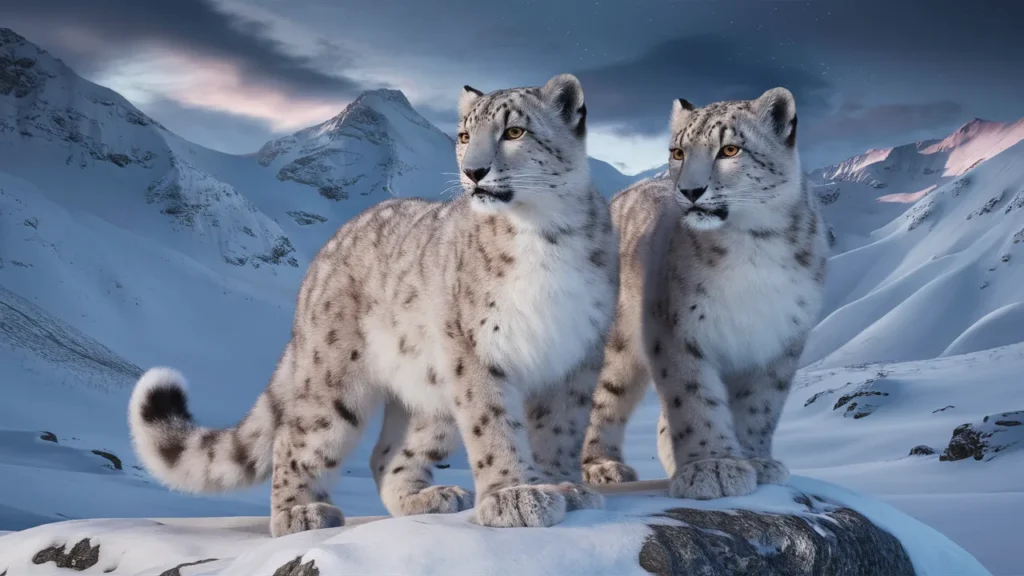
Conservation Efforts
Snow leopards face threats from poaching and habitat fragmentation. Conservation programs focus on protecting their habitat and reducing human-wildlife conflict.
Cheetahs
The fastest land mammal is the cheetah, which can attain short bursts of 70 mph.
Speed and Hunting Techniques
Cheetahs rely on their incredible speed to catch prey, often using stealth to get close before a high-speed chase. Their slender bodies and long legs are built for sprinting.
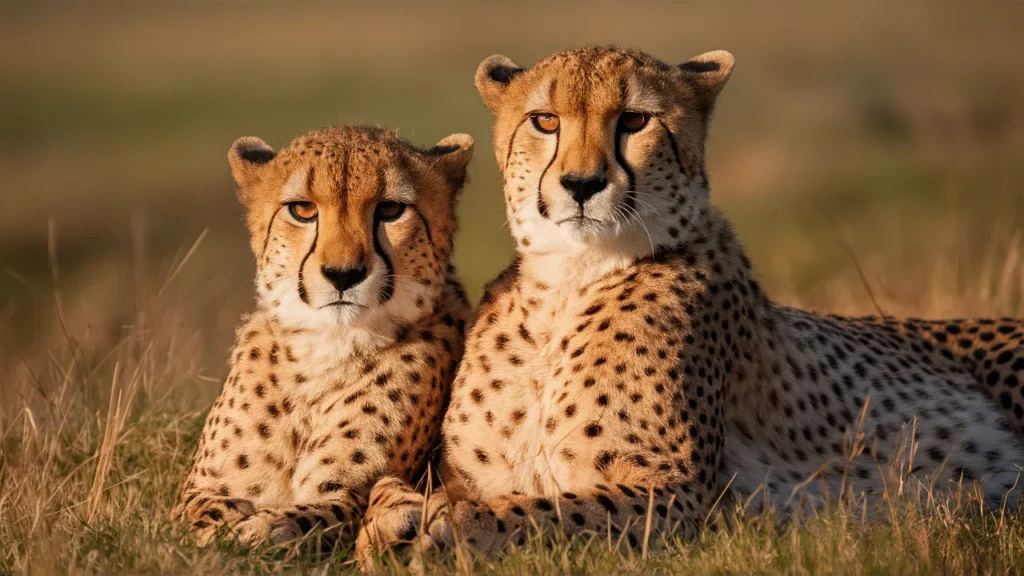
Threats and Conservation
Cheetah populations are declining due to habitat loss and human encroachment. Efforts to conserve them include habitat preservation and reducing human-cheetah conflicts.
Clouded Leopards
Clouded leopards are medium-sized cats known for their cloud-like coat patterns and arboreal lifestyle.
Physical Characteristics
Clouded leopards have long, sharp canines and flexible ankle joints, which allow them to climb trees efficiently.Their fur offers superior concealment in wooded areas.
Habitat and Behavior
These elusive cats inhabit the forests of Southeast Asia. They are solitary and primarily nocturnal, making them difficult to study.
Conservation of Big Cats
Threats to Big Cats
Threats to big cats include poaching, habitat degradation, and conflict between humans and other species. As top predators, their decline can disrupt entire ecosystems.
Importance of Conservation
Conserving big cats is crucial for maintaining biodiversity and ecological balance. They help control prey populations and ensure the health of their habitats.
Successful Conservation Programs
Various organizations are dedicated to big cat conservation, implementing strategies like protected areas, anti-poaching measures, and community education programs. Success stories include the increase in tiger populations in certain reserves.
Big Cats in Popular Culture
Representation in Movies and Books
Big cats have been featured prominently in films, literature, and folklore. Stories like “The Lion King” and “Jungle Book” have immortalized their majesty and mystery.
Symbolism and Myths Surrounding Big Cats
Big cats have always represented strength, bravery, and mystery. Myths and legends often depict them as guardians or divine creatures.
Big Cats and Human Interaction
Human-Wildlife Conflict
As human populations expand, conflicts with big cats increase. Livestock predation and habitat encroachment are common issues, often leading to retaliatory killings of these majestic animals.
Role of Big Cats in Ecosystems
Large cats are essential to keeping ecosystems healthy. Because they are apex predators, they aid in regulating herbivore populations, avoiding overgrazing and fostering biodiversity.
Ethical Considerations of Big Cats in Captivity
The captivity of big cats raises ethical concerns. While zoos and sanctuaries aim to educate the public and conserve species, the welfare of these animals in confinement is often debated.
Conclusion
Big cat breeds are an essential part of our natural world. Their presence signifies the health of ecosystems, and their conservation is crucial for biodiversity. Understanding and protecting these magnificent creatures ensures they continue to roam the wild for generations to come.There are seventy three breeds of cats.
FAQs
What is the biggest cat in the world?
The Siberian tiger, often called the Amur tiger, is the largest cat in the world. They have a maximum weight of 660 pounds and a maximum length of 10 feet.
How fast can a cheetah run?
A cheetah can run at speeds of up to 70 mph, making it the fastest land animal. However, they can only maintain this speed for short distances, typically around 20 to 30 seconds.
Are big cats endangered?
Yes, many big cat species are endangered due to habitat loss, poaching, and human-wildlife conflict.To keep them from going extinct, conservation initiatives are essential.
Can big cats be kept as pets?
Big cats should not be kept as pets. They require large territories, specialized diets, and can be dangerous. Their needs are best met in the wild or in accredited sanctuaries.
What do big cats eat?
Big cats are carnivores and primarily hunt large herbivores. Their diet includes animals like deer, antelope, wild boar, and sometimes smaller animals like birds and rodents.
